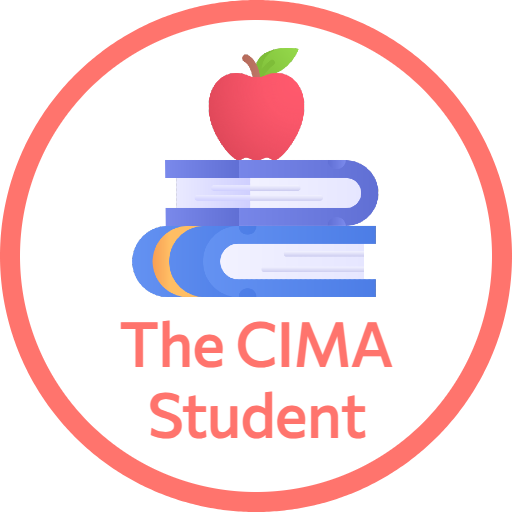Finding different techniques to revise for exams can be difficult. Trying to recall pages and pages of notes and study text in the exam isn’t ideal.
So speaking as an older CIMA student (over 30) it makes sense to try to think about the practical experience you have gained and apply to your CIMA studies on exam day.
Trying to remember the various IFRS’s and IAS’s is nearly impossible; however, I’ve found it very helpful to think about the day job and the tasks I am performing when faced with a question or topic I am unsure of. Thinking about my practical experiences in the office sets off a trigger that allows me to answer the question or recall information I need.
I’ll give you a great example of this.
I was revising for a case study exam earlier this year and had four or five accounting standards that I thought could come up on exam day. In particular, was the one on exchange rate gain and loss.
IAS21 – The Effects of Changes in Foreign Exchange Rates

You can see from extract above the official documentation on IAS21 (in fact ALL of the accounting standards) are very dry and formal. And it’s a time consuming process to go through it over and over again so you understand the purpose of the standard, put it into your words and apply it correctly.
Relate it to Work Experience
Instead, I relate the accounting standard to my actual work experience as a general ledger accountant.
Every month end we ran the foreign currency revaluation on the open AR/AP items and any exchange rate differences were posted to the income statement as a gain or loss.
For example: Receivables Ledger issued in $
Jan 2001 – AR Invoice $1650 1.61 £1025
Feb 2001 – AR invoice $1650 1.68 £982
The $ invoice was issued in January when the exchange rate was 1.61, however in February the exchange rate went up to 1.68. The $ is still open but it’s now only worth £982 when translated to the companies reporting currency, so the difference needs to be posted to the income statement in February period as a cost.
Debit – Unrealised gain/loss expense account £43
Credit – Receivables $43
This gave me a much better understanding of IAS 21 as I was responsible for posting this transaction in the monthly accounts.
It also enabled me to explain the standard in simple and practical terms. Vice versa, when reading the full accounting standard I had a clearer picture of it’s purpose and was able to understand the more complex or long winded elements of IAS 21.
So when I was ready to sit the case study I knew if a question came up on the effects of exchange rates and how to treat I immediately knew IAS 21, the theory behind and how to practically apply it.
Next time when you’re struggling to remember key models and accounting standards try and relate to your day job and you might find things become much clearer!

Leave a comment